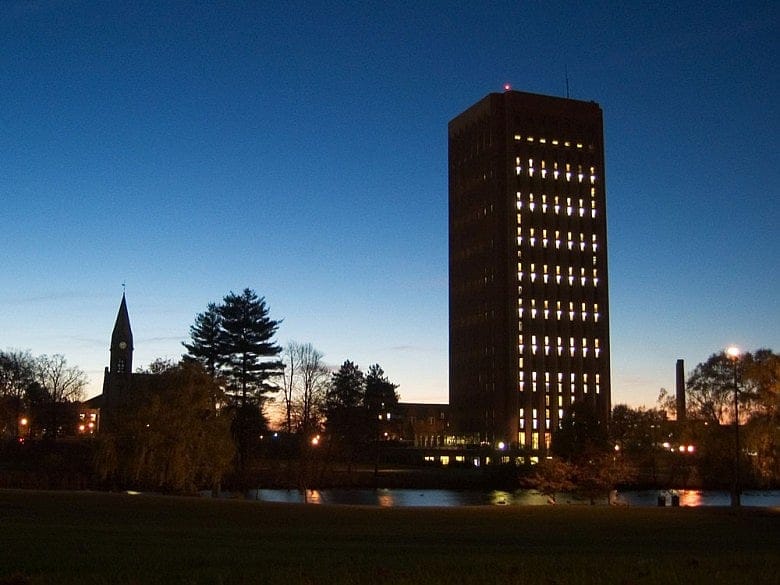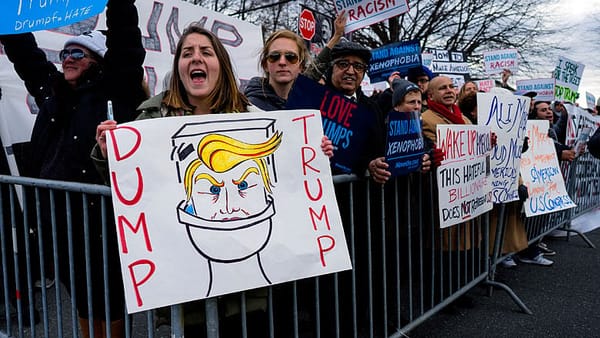UMass posts record financial aid but faces long-term budget gap

BOSTON — The University of Massachusetts spent more on student financial aid this academic year than ever before, thanks in part to the Legislature's recent approval of supplemental funding for the university system.
UMass increased the amount it provides in student financial aid by $20 million this year, the university said, bringing the total to a record $255 million. Financial aid from all sources also reached a high point for the system at $835.5 million.

